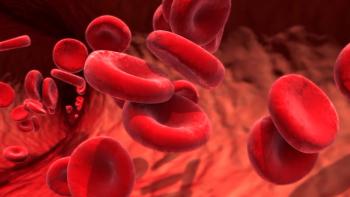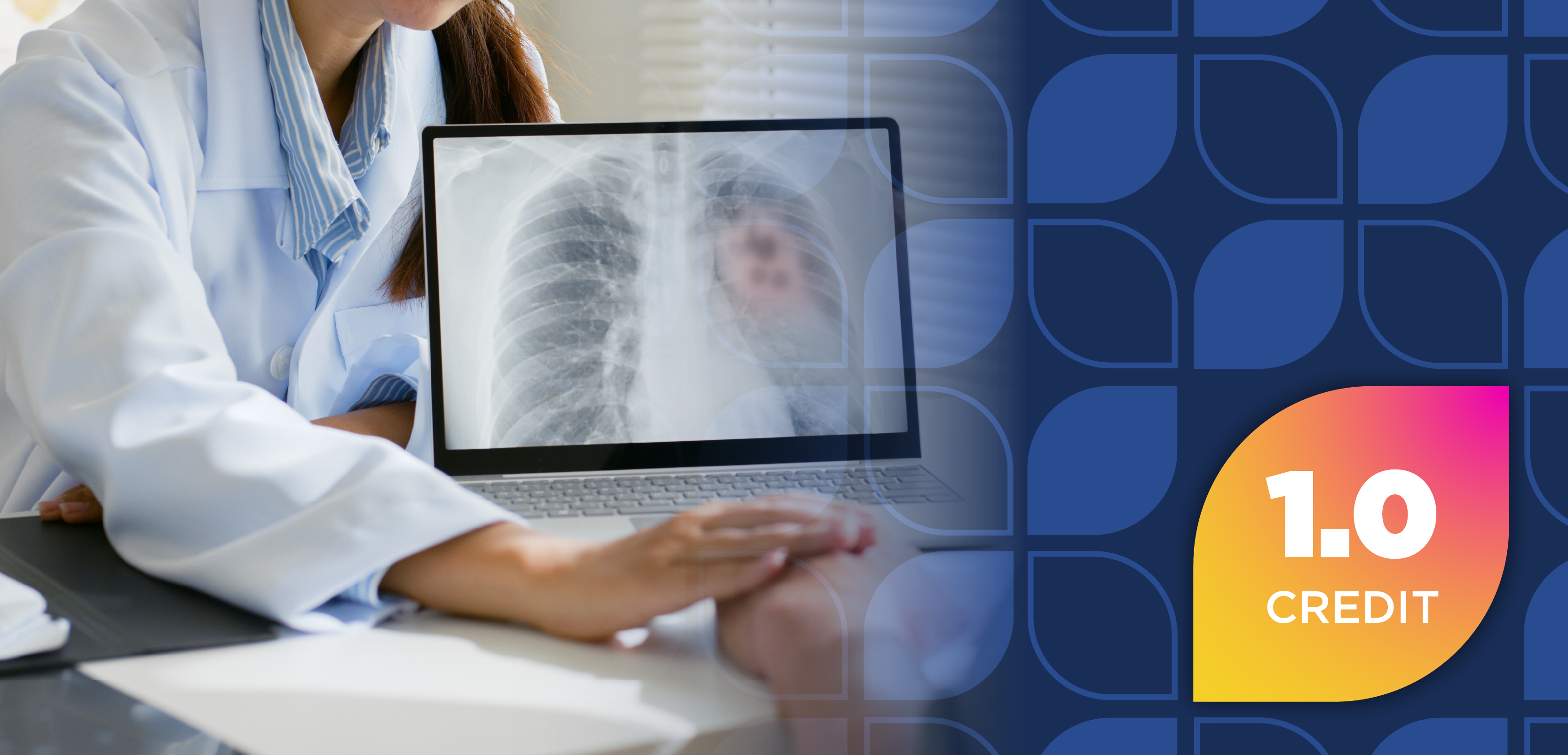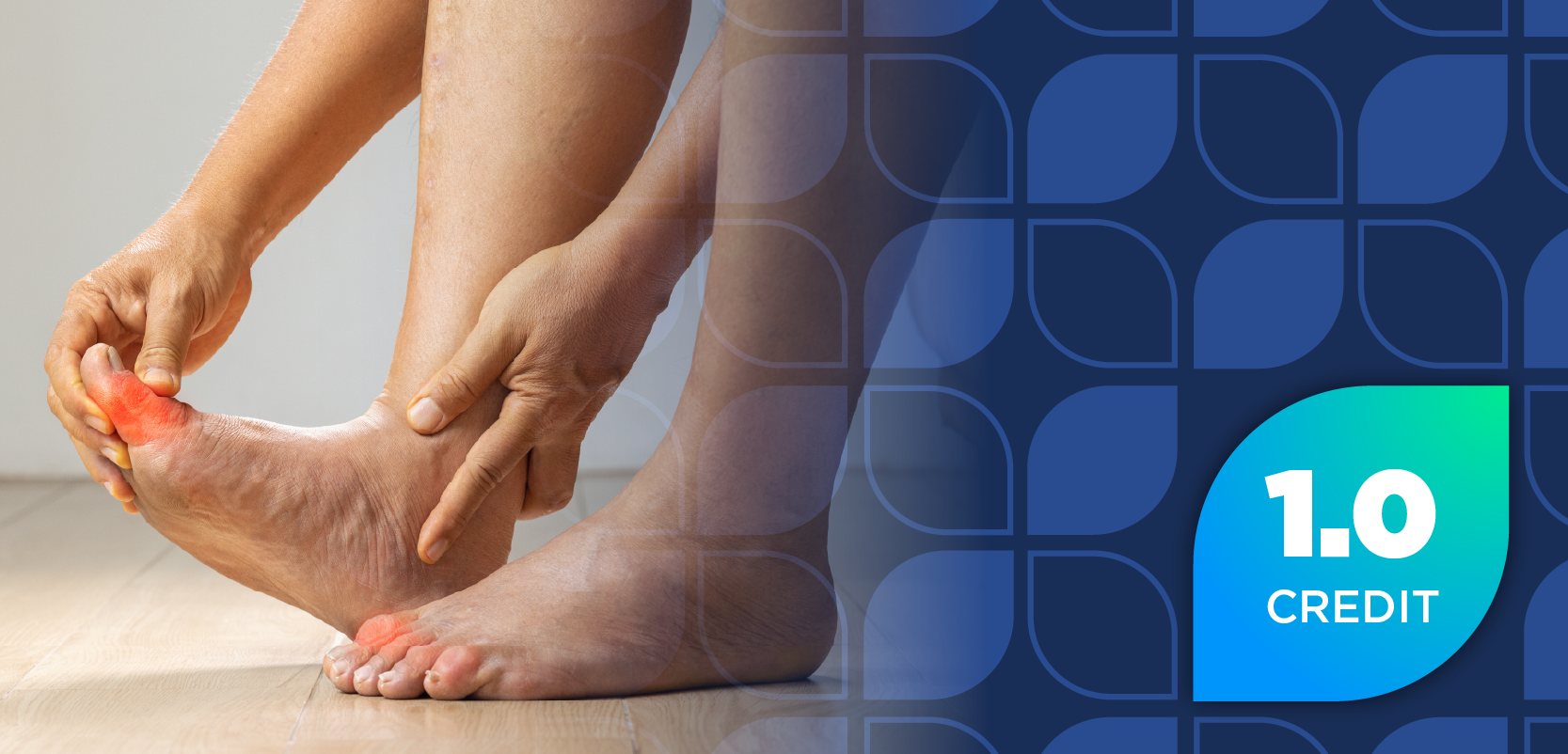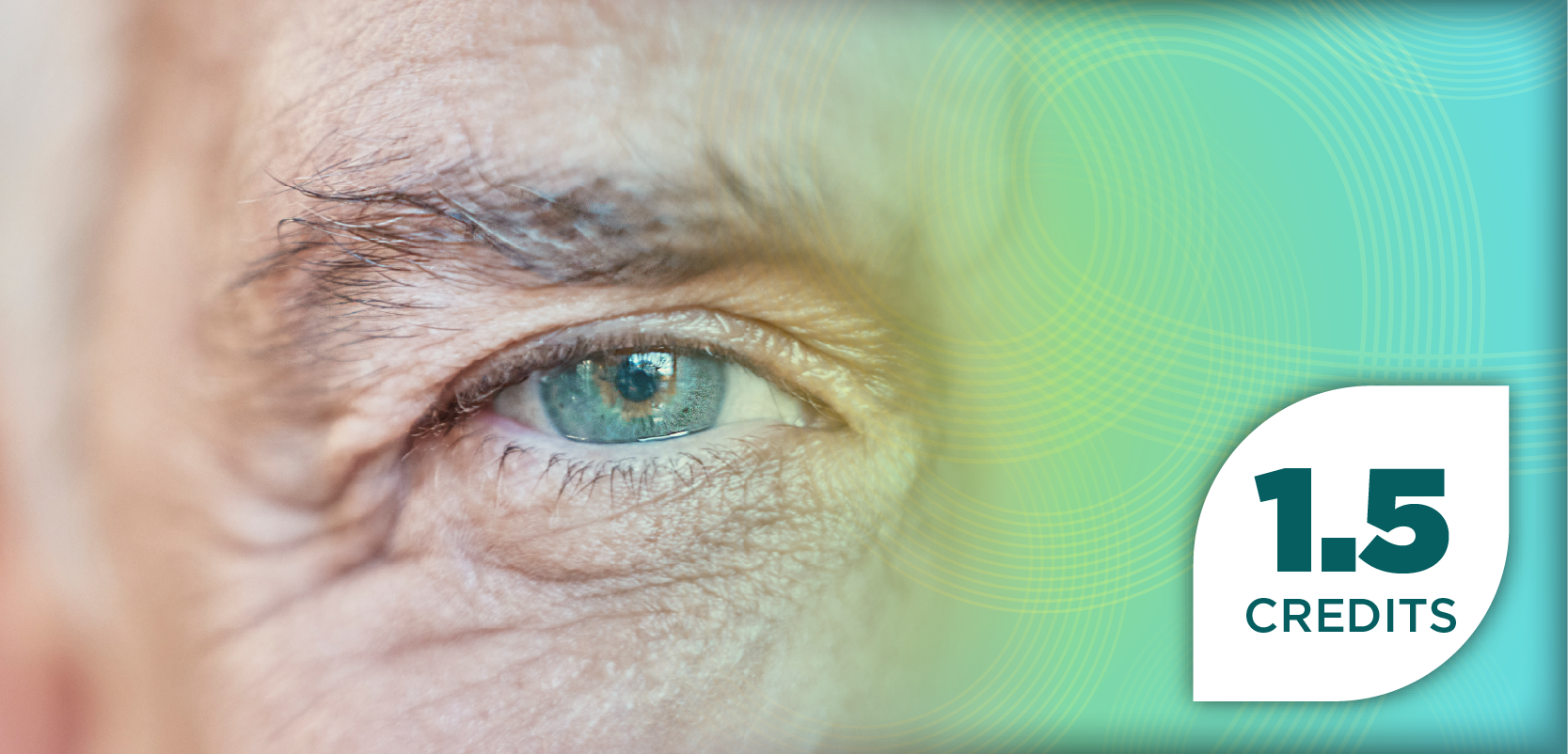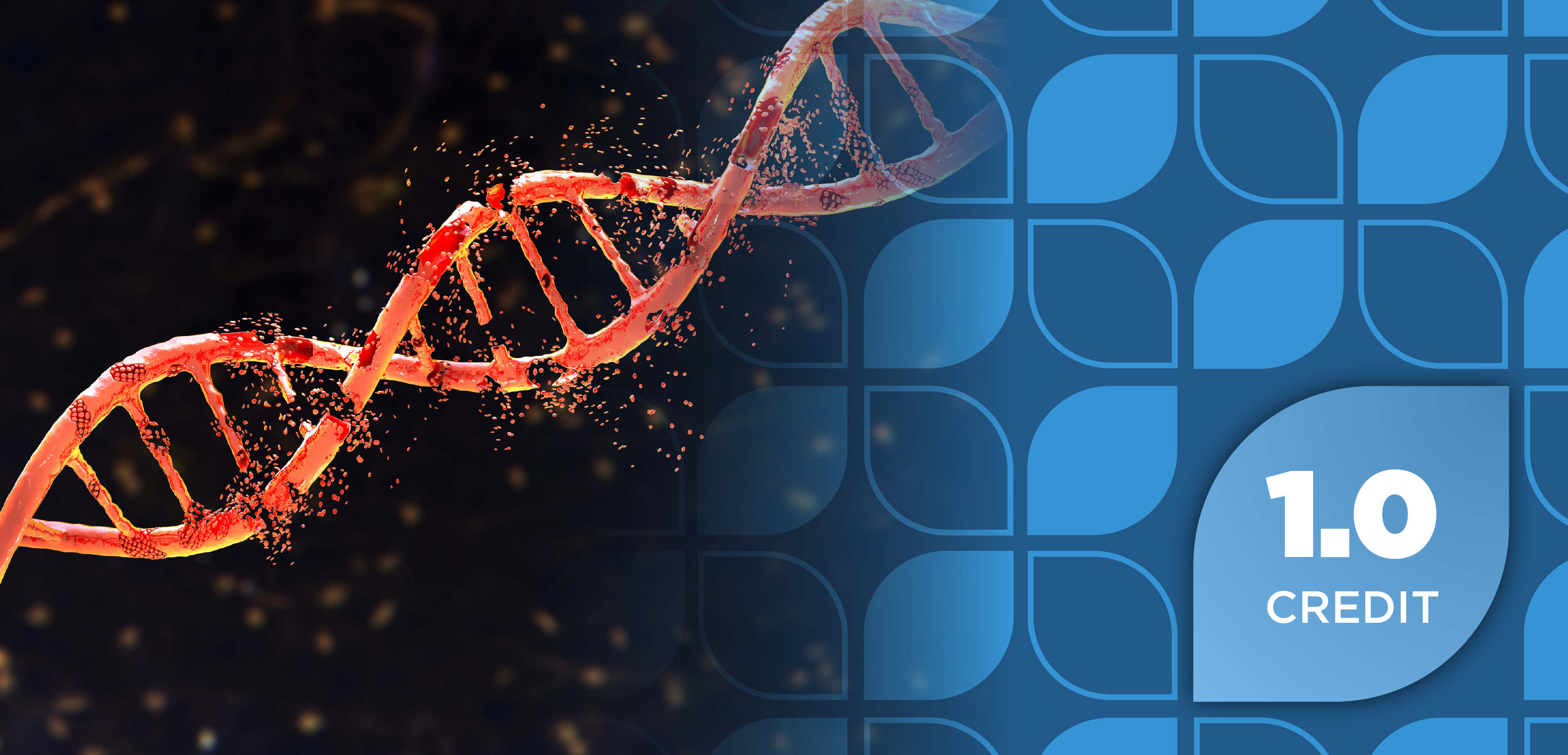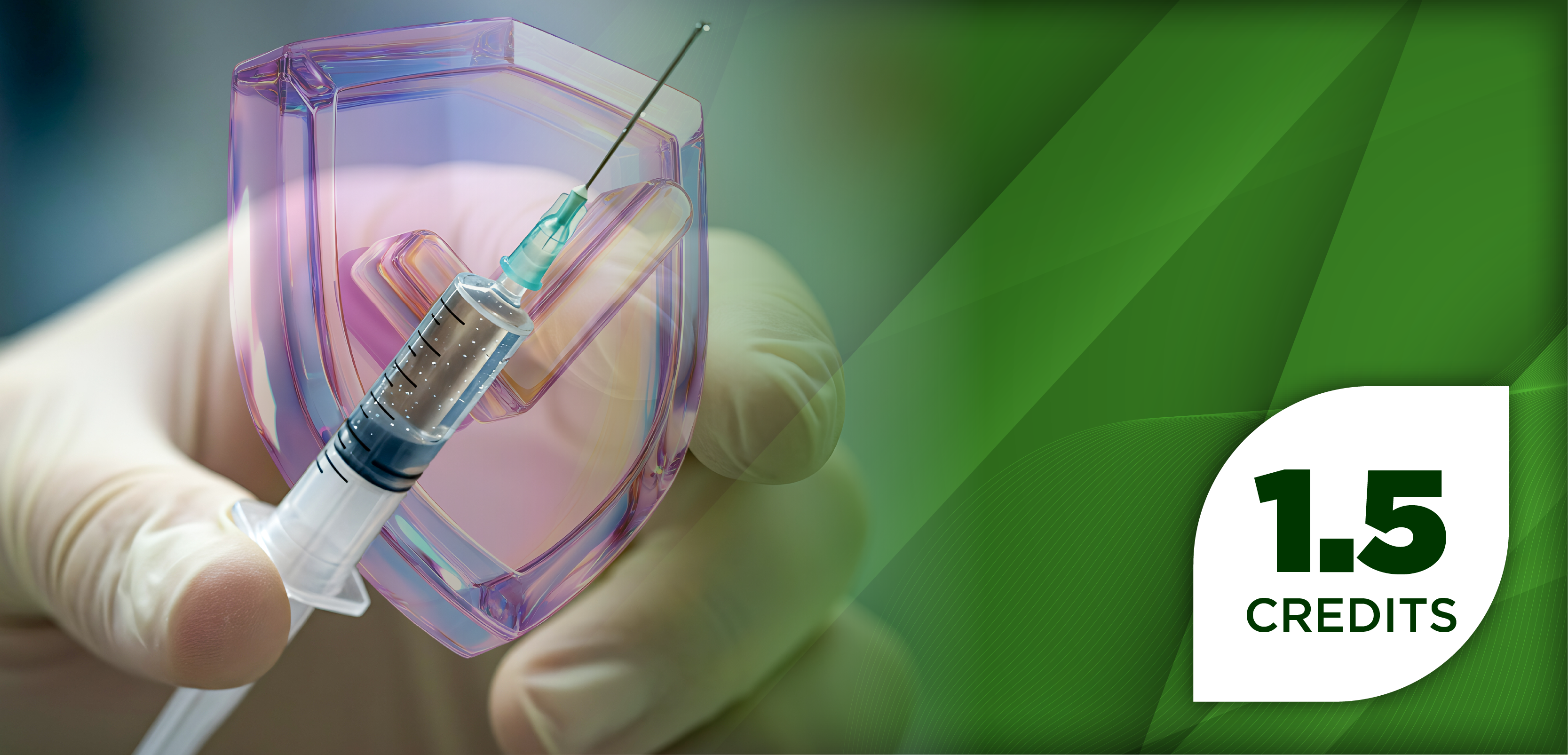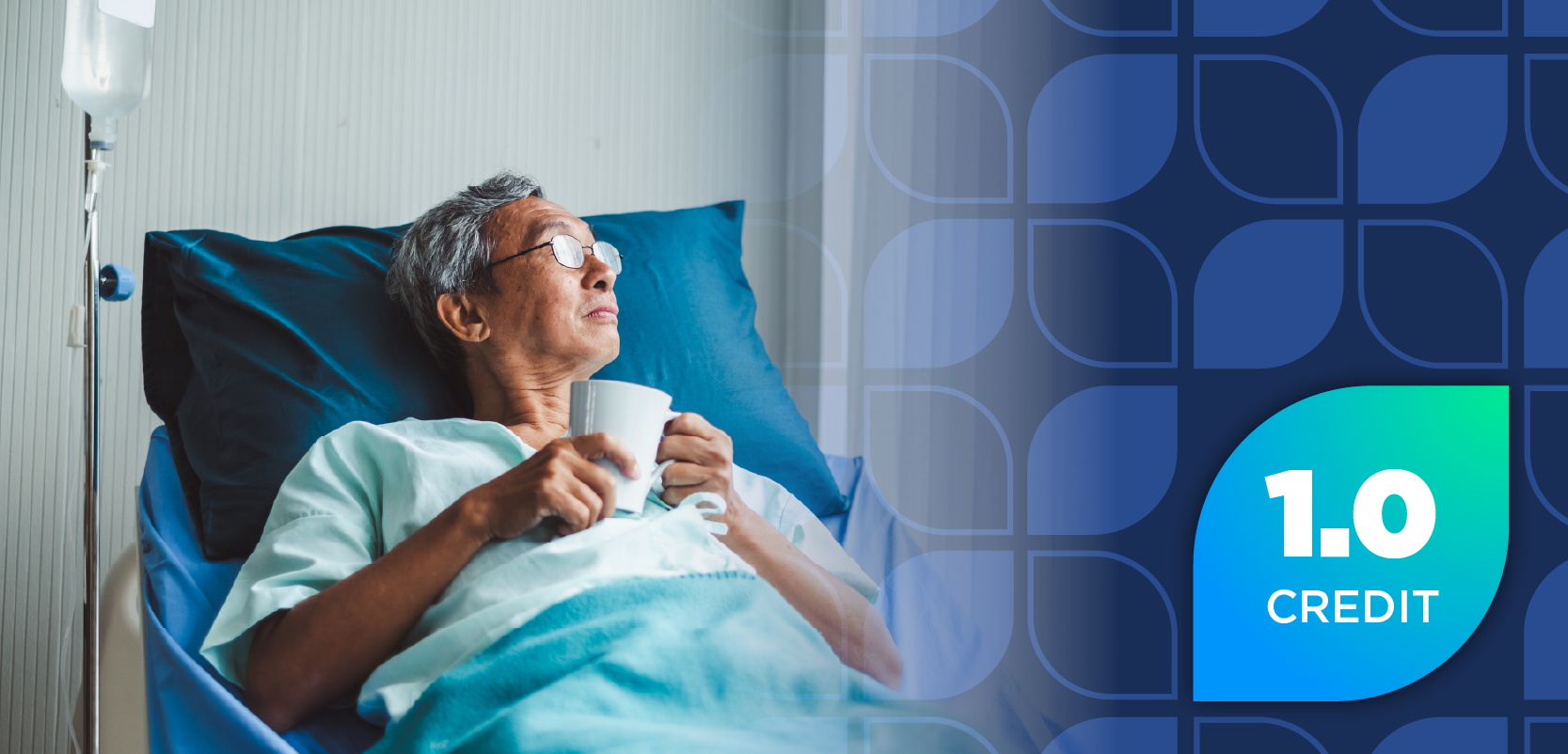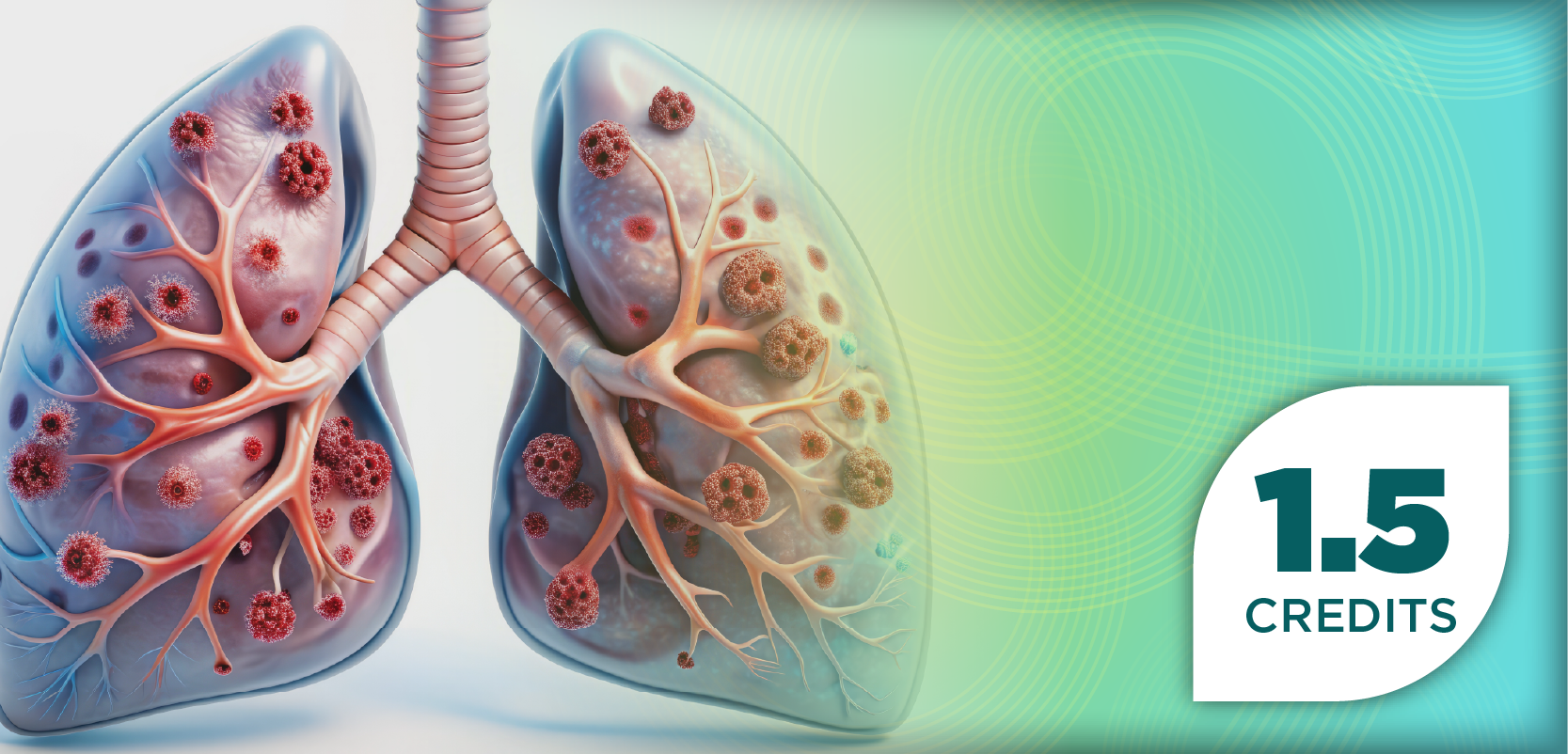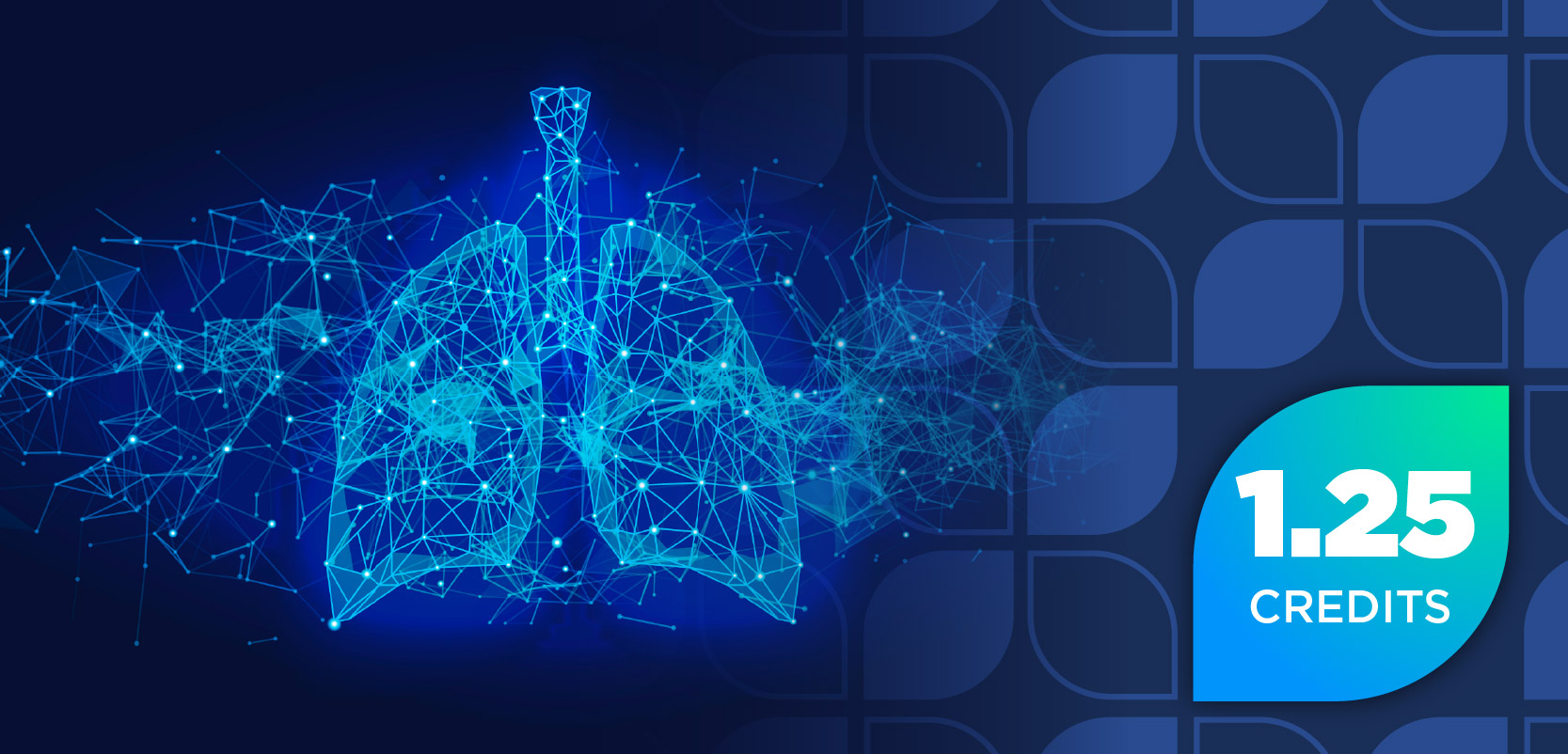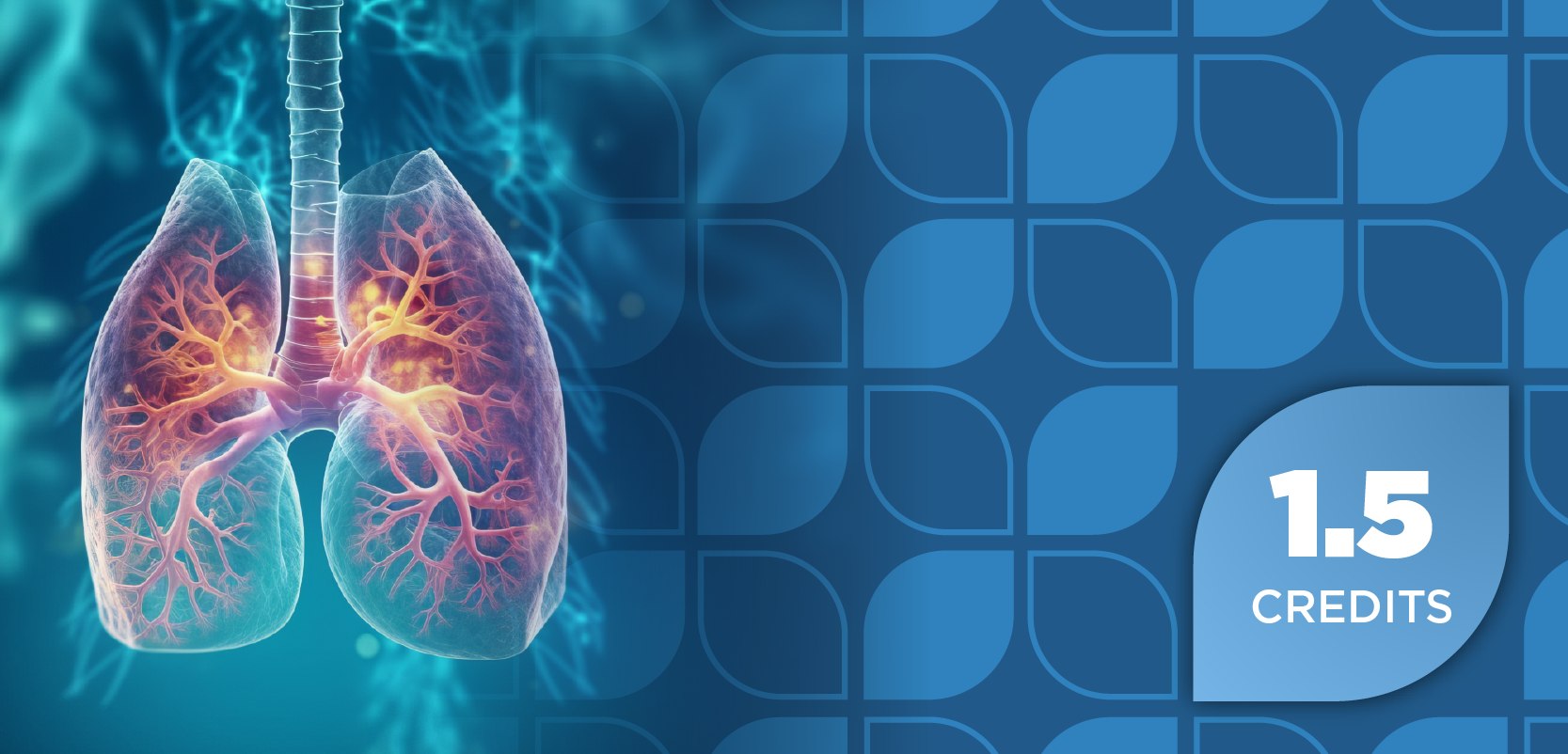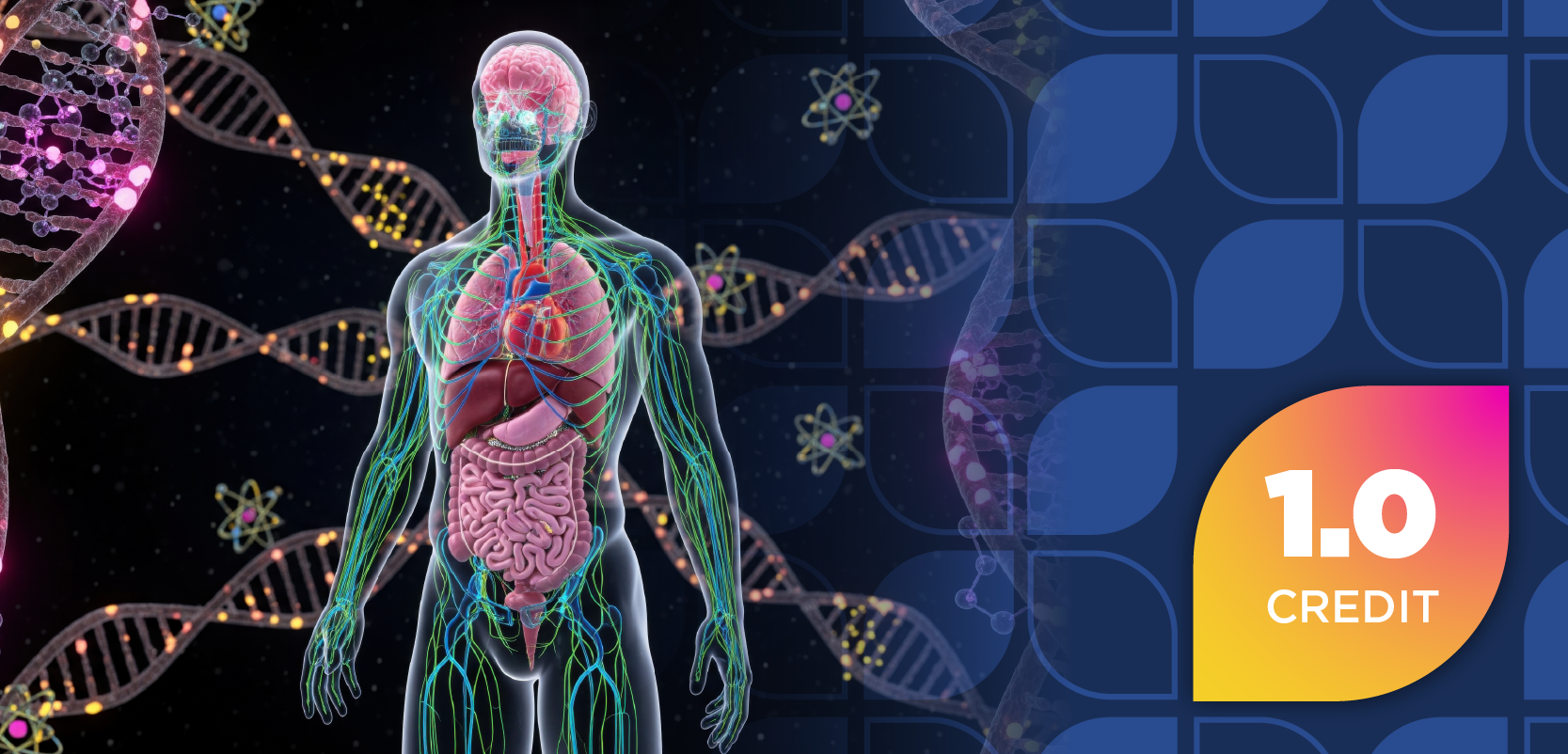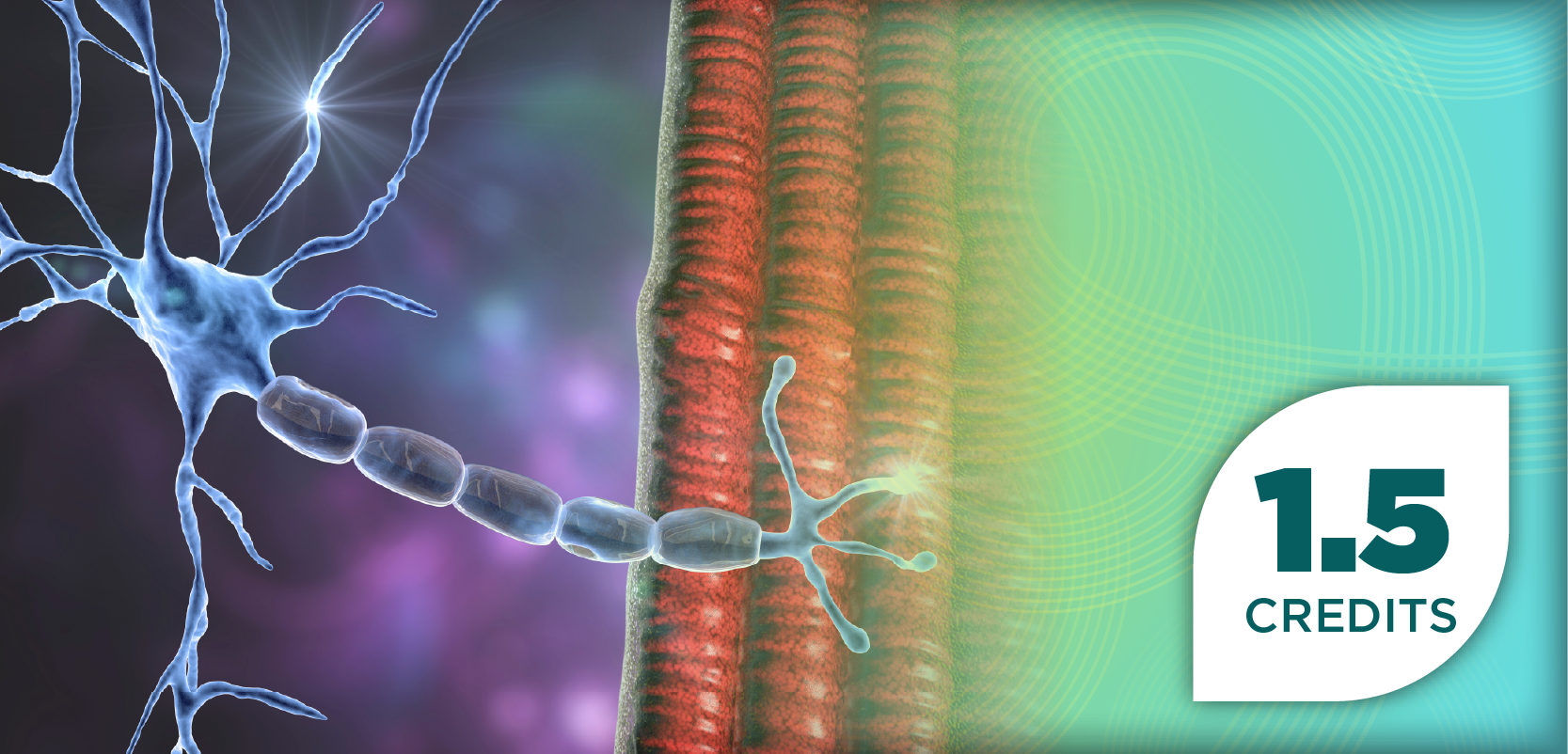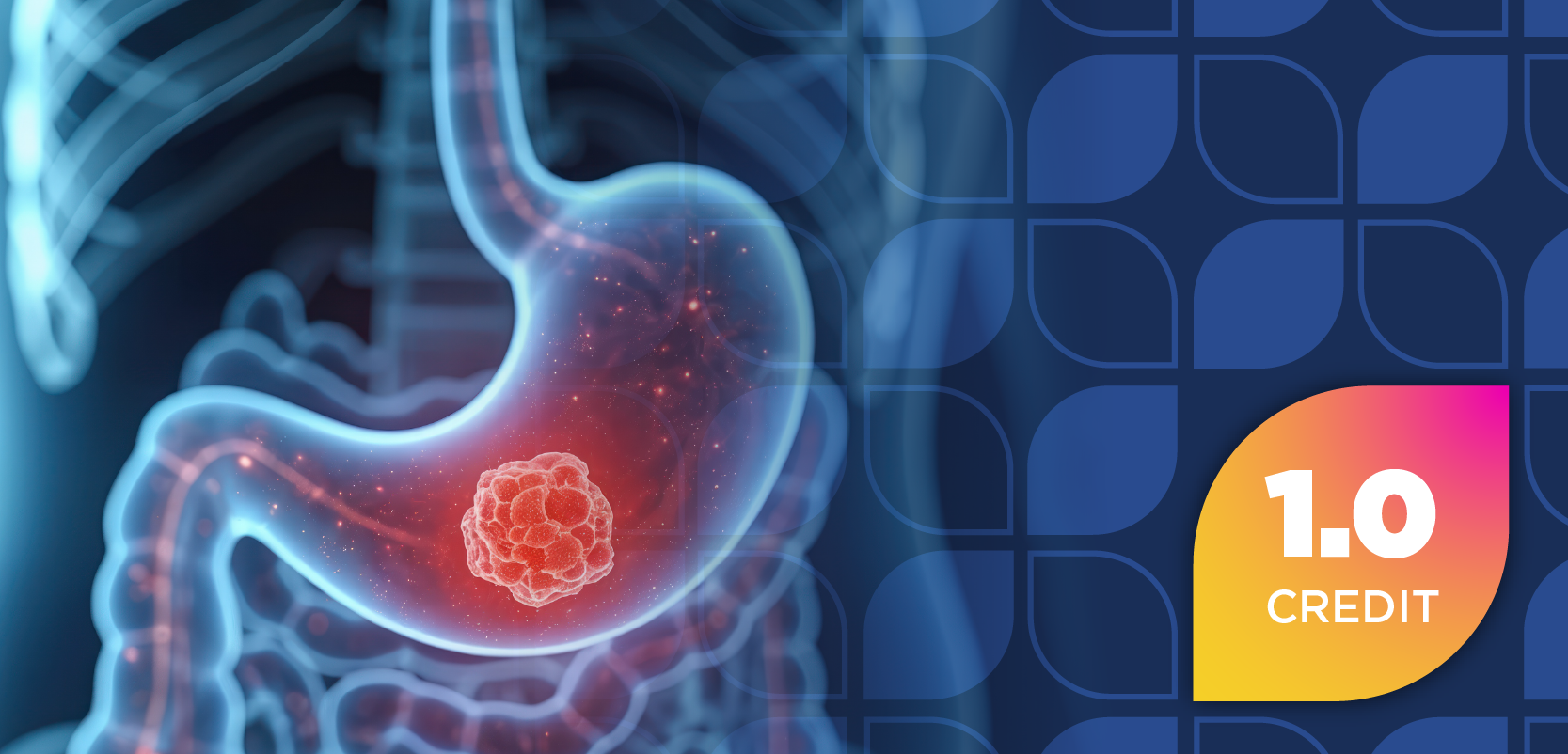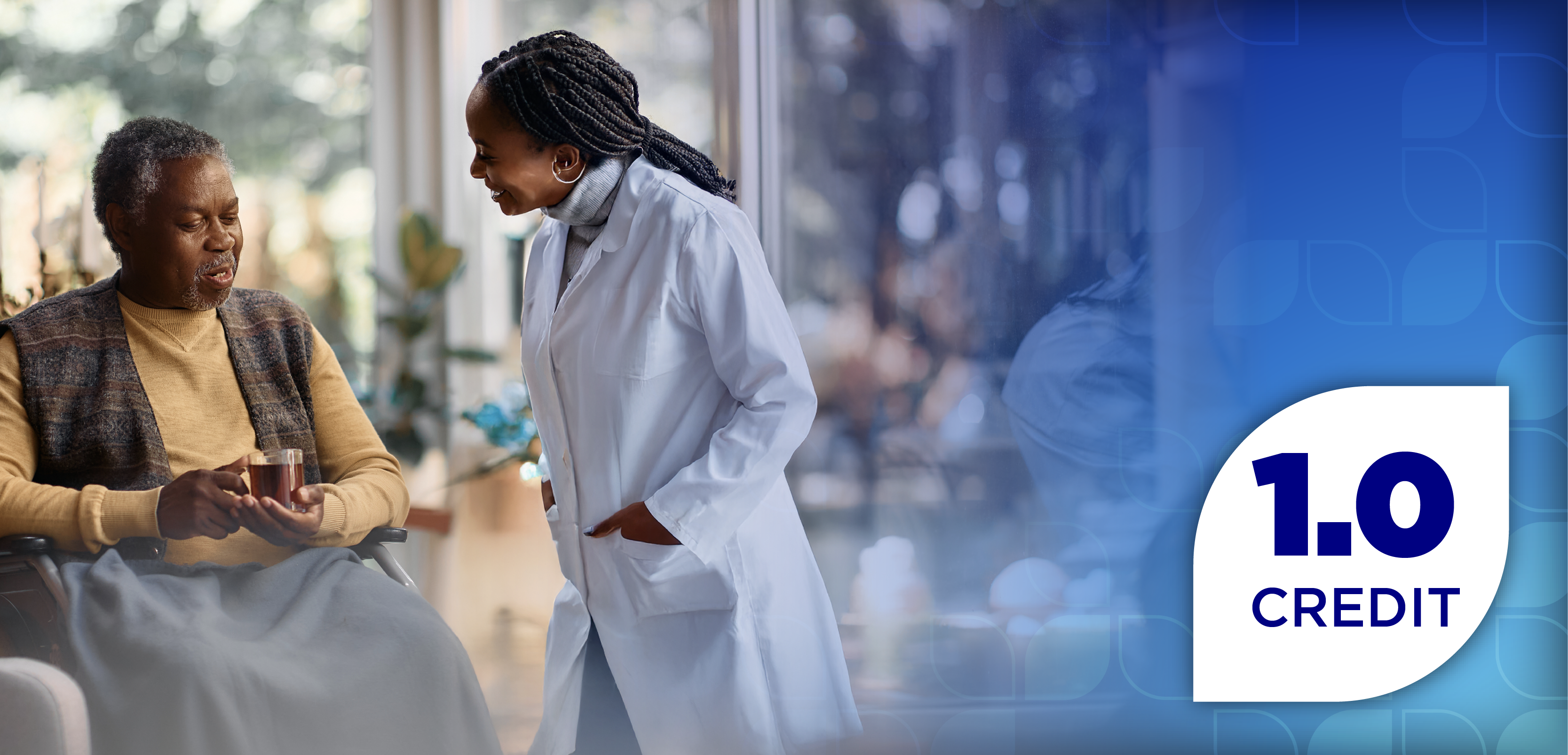
Pneumococcal Disease: Heightening Awareness
Welcome to Pharmacy Times’ inaugural post on the
According to the
Pneumococcal diseases include:
· Otitis media
· Sinusitis
· Pneumonia
· Bacteremia
· Meningitis
· Septic arthritis
· Endocarditis
· Peritonitis (rarely)
All pneumococcal colonization or infection is of concern, because it creates a possibility that the bacterium will become “invasive.” Noninvasive illness involves contiguous spread from the nasopharynx or skin. Invasive disease involves infection of normally sterile blood or spinal fluid, or follows bacteremia to other organs.
Brief Facts
Patients who have the greatest risk for serious, invasive pneumococcal infections are people of any age who have chronic illness; immunosuppression due to disease, malnutrition, medication, or radiation; functional or anatomic asplenia; or sickle cell disease. Damage to the respiratory epithelium due to recent influenza, chronic bronchitis, smoking, or asthma increases risk. Living in group living arrangements or long-term care facilities or attending day care is also a risk factor. Older age, regardless of comorbidities, creates a poorer prognosis.
The Bacteria
Pneumococci, spherical gram-positive bacteria of the genus Streptococcus, colonize the healthy human nasopharynx intermittently and are transmitted by respiratory droplets. Microbiologists categorize Pneumococci into serogroups or serotypes based on capsular polysaccharide structure. Within 92 serotypes, 21 serogroups exist, each containing 2 to 5 serotypes with closely related capsules. The capsule protects the bacteria from phagocytosis by host cells in the absence of type-specific antibody, and is the most important determinant of virulence. Unencapsulated variants tend not to cause invasive disease.
Some pneumococcal serotypes are more likely to cause disease, and their distribution varies by age, disease syndrome, and geography. Among children younger than 5 years of age, several serotypes cause more than 60% of invasive disease in most parts of the world. These include serotypes 1, 5, 6A, 6B, 14, 19F, and 23F. Some serotypes, especially types 1 and 5, have been identified as creating high disease burden in some areas, and waves of disease in lower-burden areas or outbreaks of invasive disease and meningitis under crowded conditions. More serotypes cause disease among adults than among children.
Pneumonia
The most common and serious of pneumococcal disease syndromes—pneumonia—is a special challenge. Bacteremia is absent and cultures are negative in most cases, so definitive diagnosis is difficult. Mortality rates vary by age, underlying medical condition, access to care, and disease severity at presentation. Severe pneumococcal pneumonia in adults is a rapidly progressive symptom cascade independent of antibiotic administration. In adults 50 years of age and older, there are more than 440,000 cases of pneumococcal pneumonia, accounting for an estimated 200,000 emergency department visits and 300,000 hospitalizations each year.
Effective treatment is affected by the global increase in strains with reduced antibiotic susceptibility several standard antibiotics, especially among children.
Immunity
In terms of natural immunity, an individual’s first line of defense against pneumococci is an intact respiratory epithelium and a host of nonspecific or innate immune factors (eg, mucus, splenic function, complement, neutrophils, and macrophages). An adequate cough reflex and mucociliary escalator also clear bacteria from the lungs.
Acquired immunity occurs following colonization or through cross-reactive antigens occurs when (or if) patients develop serum IgG antibody specific for the pneumococcal capsular polysaccharide.
Prevention
Health care clinicians need to promote vaccination. Several vaccines are available that cover multiple serotypes. Regardless of the patient’s age, vaccination prevents significant morbidity and mortality.
Newsletter
Stay informed on drug updates, treatment guidelines, and pharmacy practice trends—subscribe to Pharmacy Times for weekly clinical insights.

